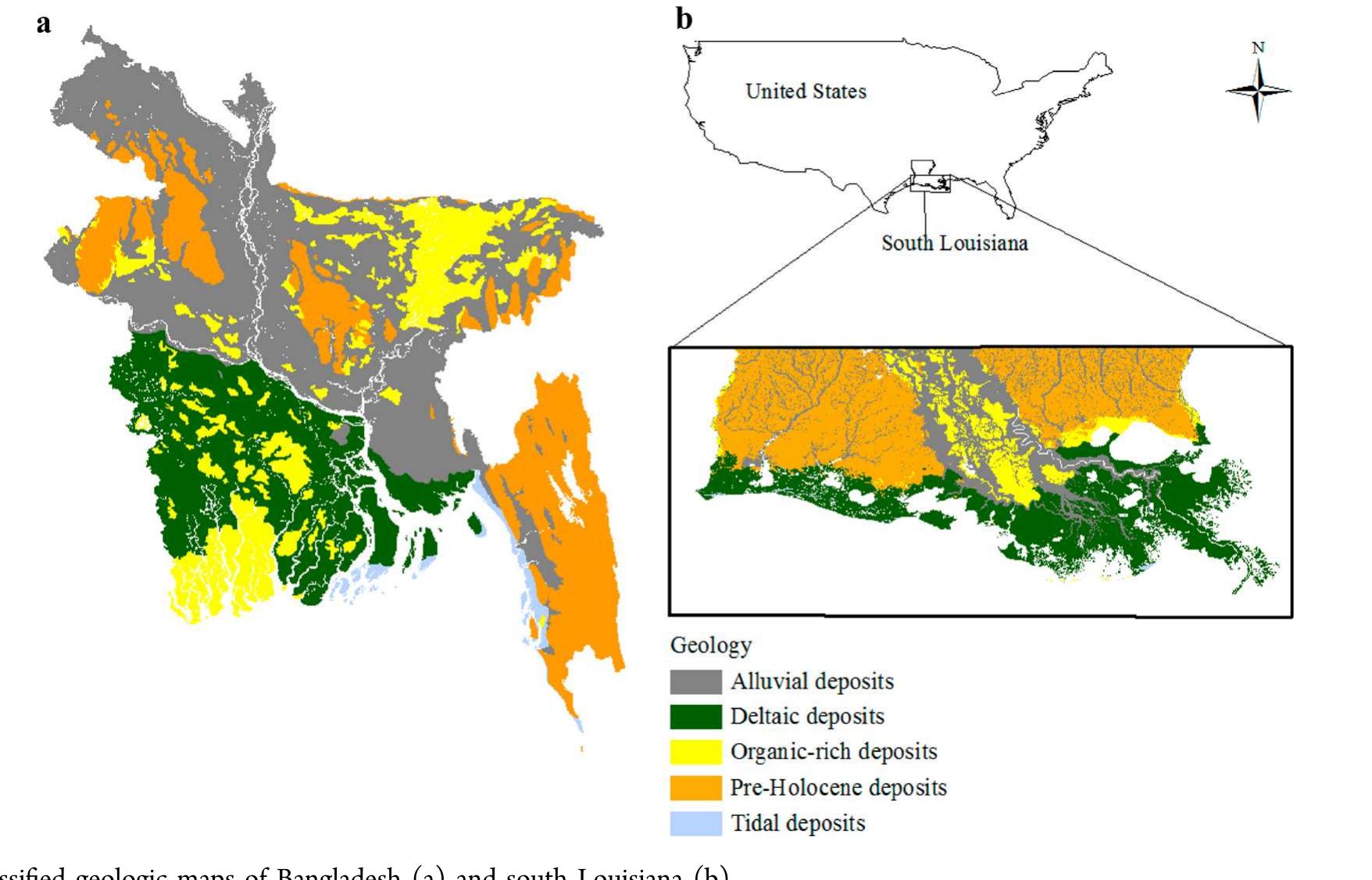Key research themes
1. How do sedimentary facies and architectural elements characterize depositional environments in clastic and mixed sedimentary systems?
This research area focuses on detailed sedimentological analysis of facies types and their architectural arrangements to reconstruct depositional settings. Providing insight into depositional processes, energy conditions, and paleogeography, these studies enhance prediction of reservoir quality in sedimentary basins. It matters for both academic understanding of sediment dynamics and practical applications such as hydrocarbon exploration.
2. What roles do microfacies and micropaleontological assemblages play in elucidating carbonate depositional environments across geological formations?
This theme investigates carbonate facies and their fossil content to interpret depositional environments, stratigraphic subdivisions, and paleoenvironmental conditions. Microfacies and microfossils provide precise paleoecological proxies capturing environmental gradients, bathymetry, and biological communities, vital for reconstructing carbonate platform dynamics and transitions during geological periods, which advances paleoenvironmental models.
3. How can geochemical parameters and remote sensing techniques be applied to distinguish and monitor depositional paleoenvironments and fluvial geomorphic changes?
This area focuses on quantitative analyses using geochemical proxies, chemometric tools, and remote sensing indices to characterize depositional settings and monitor dynamic fluvial processes. Integration of organic geochemical parameters and trace element distributions helps reconstruct paleoenvironments, while satellite-based water indices enable spatiotemporal monitoring of river morphology and erosion-accretion patterns. Such methods provide actionable insights for basin analysis and environmental management.





